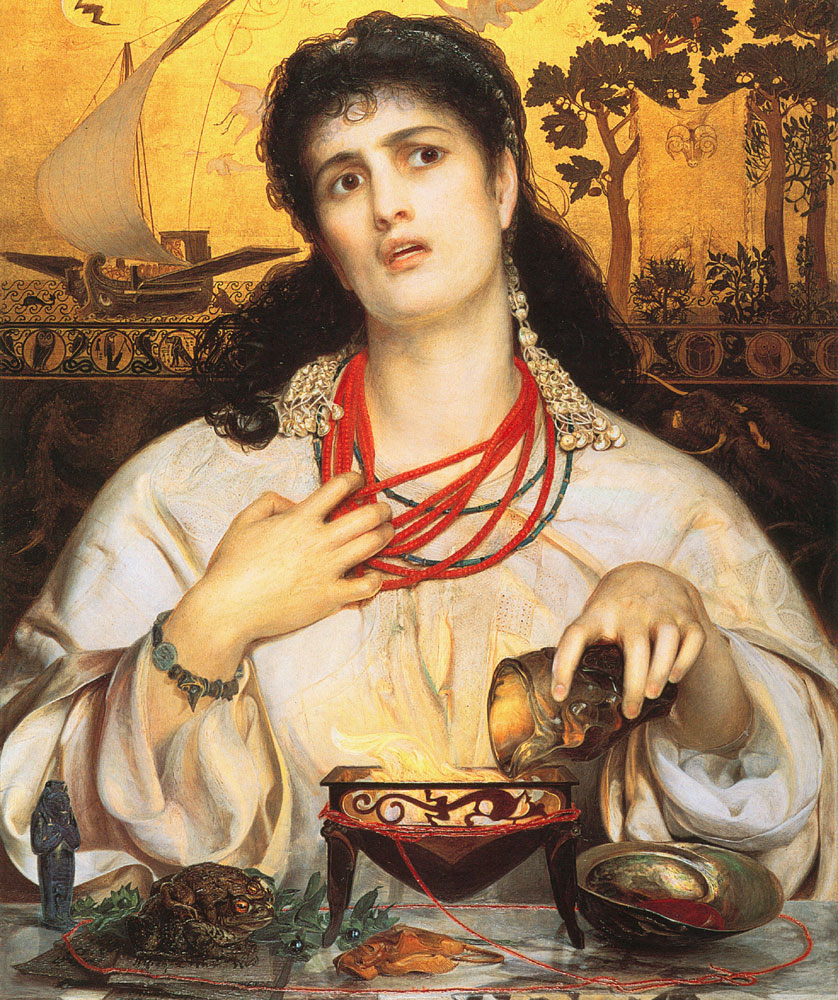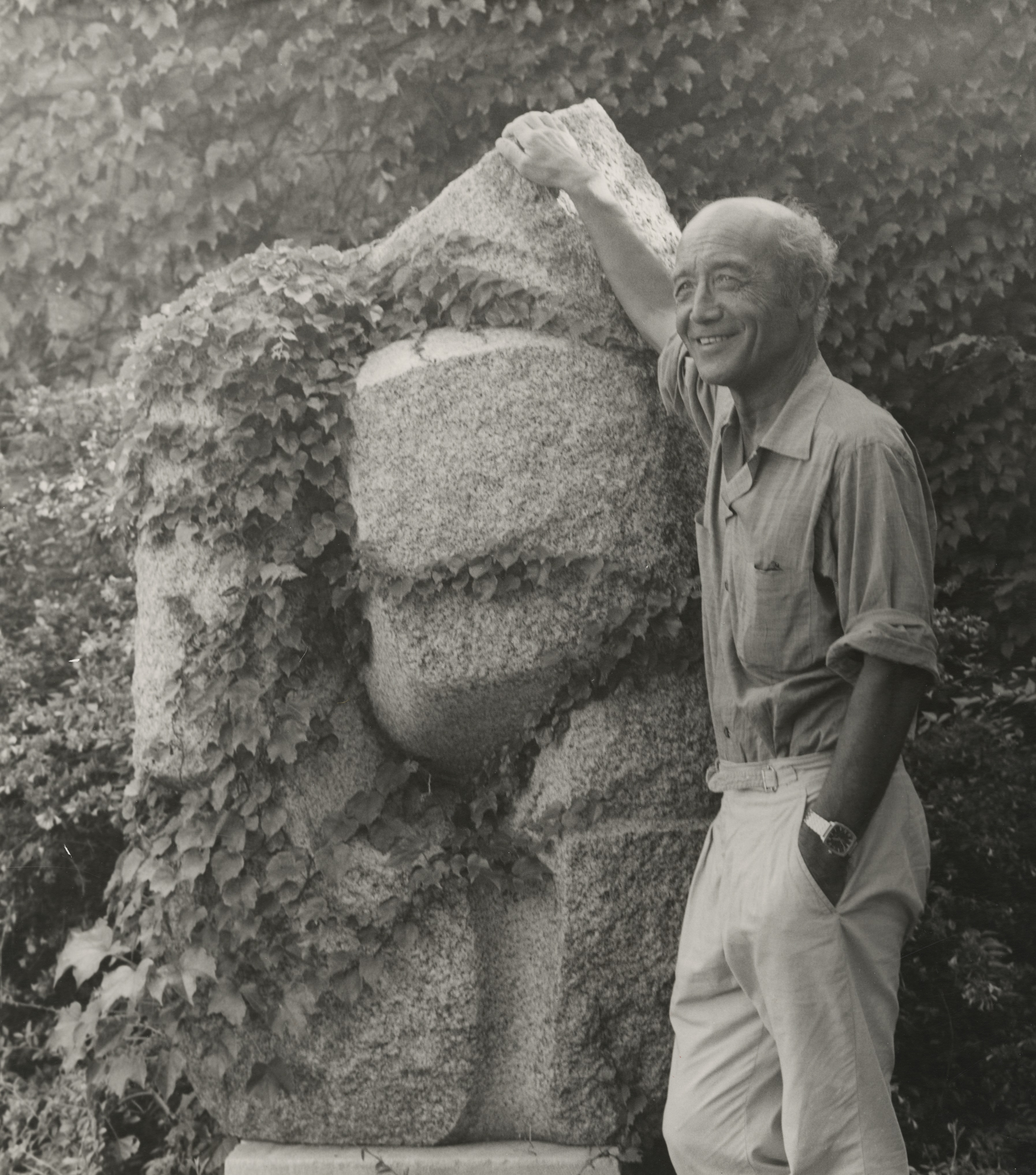|
La Hija De Cólquide
''La hija de Cólquide'' (also known by the English translation, ''The Daughter of Colchis'') is a ballet score composed by Carlos Chávez in 1943–44 on commission from the Elizabeth Sprague Coolidge Foundation for Martha Graham. The title refers to the mythological character Medea, daughter of King Aeëtes of Colchis, in the story of Jason and the Golden Fleece. The ballet spawned several subsidiary works in Chávez's catalog including his Third String Quartet. When Graham eventually choreographed it, she wrote a new scenario and gave it the title ''Dark Meadow''. History The origin of ''La hija de Cólquide'' is closely intertwined with that of Aaron Copland's ballet ''Appalachian Spring'' and, to a lesser extent, with Samuel Barber's ballet, ''Medea''. In February 1941, Martha Graham offered a commission for a ballet to Copland, suggesting a "bitter, sardonic, murderous, and despairing" dance about Medea, the character from Greek mythology. She was only able to offer $ ... [...More Info...] [...Related Items...] OR: [Wikipedia] [Google] [Baidu] |
Our Town
''Our Town'' is a 1938 metatheatrical three-act play by American playwright Thornton Wilder which won the Pulitzer Prize for Drama. The play tells the story of the fictional American small town of Grover's Corners between 1901 and 1913 through the everyday lives of its citizens. Throughout, Wilder uses metatheatrical devices, setting the play in the actual theatre where it is being performed. The main character is the stage manager of the theatre who directly addresses the audience, brings in guest lecturers, fields questions from the audience, and fills in playing some of the roles. The play is performed without a set on a mostly bare stage. With a few exceptions, the actors mime actions without the use of props. ''Our Town'' was first performed at McCarter Theatre in Princeton, New Jersey, in 1938. It later went on to success on Broadway and won the Pulitzer Prize for Drama. Described by Edward Albee as "the greatest American play ever written", the play remains popu ... [...More Info...] [...Related Items...] OR: [Wikipedia] [Google] [Baidu] |
May O'Donnell
May O'Donnell (May 1, 1906 – February 1, 2004) was an American modern dancer and choreographer. Born in Sacramento, California, May O'Donnell studied dance in San Francisco with Estelle Reed and performed in Reed's company before moving to New York City to study with Martha Graham. O'Donnell was a member of the Martha Graham Dance Company from 1932 until 1938. In 1939, she returned to California and, with her husband, the composer Ray Green, and another former Graham dancer, Gertrude Shurr, founded the San Francisco Dance Theater. In 1941, O'Donnell joined creative forces with Jose Limon in a dance duo until 1942. She worked with the Graham Company again from 1944 to 1952 as a guest artist, at which time she created several roles notably the Pioneering Woman in "Appalachian Spring", Attendant in "Herodiade" (1944), She of the Earth in "Dark Meadow" (1946), and Chorus in "Cave of the Heart" (1946). In the mid-1940s she established the O'Donnell-Shurr Modern Dance Studio with G ... [...More Info...] [...Related Items...] OR: [Wikipedia] [Google] [Baidu] |
Louis Horst
Louis Horst (born January 12, 1884, Kansas City, Missouri – died January 23, 1964, New York City) was a composer, and pianist. He helped to define the principles of modern dance choreographic technique, most notably the matching of choreography to pre-existing musical structure and the use of contemporary music for dance scores. Biography and work Horst was the musical director for the Denishawn company (1916-25) before working as musical director and dance composition teacher for Martha Graham's school and dance company (1926-48). One memorable piece of advice that Horst gave dancers in his lessons in the 1930s, at times delivered in a sarcastic tone: "when in doubt, turn." This is a variant of Ted Shawn's famous line "When in doubt, twirl." The Grateful Dead Almanac adopted it as their motto. lonehomb ... [...More Info...] [...Related Items...] OR: [Wikipedia] [Google] [Baidu] |
Jean Rosenthal
Jean Rosenthal (born Eugenia Rosenthal; March 16, 1912May 1, 1969) is considered a pioneer in the field of theatrical lighting design. She was born in New York City to Romanian-Jewish immigrants. northern.edu, retrieved May 20, 2009Fippin, CaroBiography'Jewish Women's Archive'', 2005, accessed May 24, 2009 In the early part of the 20th century, the lighting designer was not a formalized position. Rather the set designer or electrician handled the lighting of a production. Rosenthal helped make the lighting designer an integral member of the design team. She also said that lighting "was a career in itself". As well as particular lighting innovations, she created an atmosphere specific to the production, and she was in demand as a Broadway lighting designer. Career and Education In 1929, she was introduced to Martha Graham at the Neighborhood Playhouse School of the Theatre. She became Graham's technical assistant, which led to a lifelong collaboration with Graham. She worked with ... [...More Info...] [...Related Items...] OR: [Wikipedia] [Google] [Baidu] |
Isamu Noguchi
was an American artist and landscape architect whose artistic career spanned six decades, from the 1920s onward. Known for his sculpture and public artworks, Noguchi also designed stage sets for various Martha Graham productions, and several mass-produced lamps and furniture pieces, some of which are still manufactured and sold. In 1947, Noguchi began a collaboration with the Herman Miller company, when he joined with George Nelson, Paul László and Charles Eames to produce a catalog containing what is often considered to be the most influential body of modern furniture ever produced, including the iconic Noguchi table which remains in production today. His work lives on around the world and at the Isamu Noguchi Foundation and Garden Museum in New York City. Biography Early life (1904–1922) Isamu Noguchi was born in Los Angeles, the son of Yone Noguchi, a Japanese poet who was acclaimed in the United States, and Léonie Gilmour, an American writer who edited much o ... [...More Info...] [...Related Items...] OR: [Wikipedia] [Google] [Baidu] |
Gerald Schoenfeld Theatre
The Gerald Schoenfeld Theatre, formerly the Plymouth Theatre, is a Broadway theater at 236 West 45th Street in the Theater District of Midtown Manhattan in New York City. Opened in 1917, the theater was designed by Herbert J. Krapp and was built for the Shubert brothers. The Schoenfeld Theatre is named for Gerald Schoenfeld, longtime president of the Shubert Organization, which operates the theater. It has 1,079 seats across two levels. Both the facade and the auditorium interior are New York City landmarks. The neoclassical facade is simple in design and is similar to that of the Broadhurst Theatre, which was developed concurrently. The Schoenfeld's facade is made of buff-colored brick and terracotta and is divided into two sections: a stage house to the west and the theater's entrance to the east. The entrance facade is topped by fire-escape galleries and contains a curved corner facing east toward Broadway. The auditorium contains an orchestra level, a large balcony, ... [...More Info...] [...Related Items...] OR: [Wikipedia] [Google] [Baidu] |
Martha Graham And Bertram Ross
Martha (Hebrew: מָרְתָא) is a biblical figure described in the Gospels of Luke and John. Together with her siblings Lazarus and Mary of Bethany, she is described as living in the village of Bethany near Jerusalem. She was witness to Jesus resurrecting her brother, Lazarus. Etymology of the name The name ''Martha'' is a Latin transliteration of the Koine Greek Μάρθα, itself a translation of the Aramaic מָרְתָא ''Mârtâ,'' "the mistress" or "the lady", from מרה "mistress," feminine of מר "master." The Aramaic form occurs in a Nabatean inscription found at Puteoli, and now in the Naples Museum; it is dated AD 5 (Corpus Inscr. Semit., 158); also in a Palmyrene inscription, where the Greek translation has the form ''Marthein.'' Pope, Hugh"St. Martha" The Catholic Encyclopedia. Vol. 9. New York: Robert Appleton Company, 1919. Biblical references In the Gospel of Luke, Jesus visits the home of two sisters named Mary and Martha. The two sisters are ... [...More Info...] [...Related Items...] OR: [Wikipedia] [Google] [Baidu] |
Hérodiade (ballet)
''Hérodiade de Stéphane Mallarmé: Recitation orchestrale'' is a composition by Paul Hindemith written in June 1944 on commission from Martha Graham, supported by funds from the Elizabeth Sprague Coolidge Foundation. The ballet premiered under the title of ''Herodiade'' (but had originally been titled ''Mirror before Me'') in the Elizabeth Sprague Coolidge Auditorium at the Library of Congress in Washington DC. The premiere took place on 30 October 1944, sharing the program with Aaron Copland's ''Appalachian Spring'' and Darius Milhaud's ''Jeux du printemps'' (Graham's ballet title was ''Imagined Wing''), with Martha Graham and May O'Donnell in the leading roles. The choreography was by Martha Graham, stage design was by the Japanese American sculptor Isamu Noguchi, and costumes by Edythe Gilfond. Composition The piece uses Stéphane Mallarmé's poem "Hérodiade" as a basis for the dramatic narrative flow of the piece without using the more common fusion of poetry and musi ... [...More Info...] [...Related Items...] OR: [Wikipedia] [Google] [Baidu] |
Darius Milhaud
Darius Milhaud (; 4 September 1892 – 22 June 1974) was a French composer, conductor, and teacher. He was a member of Les Six—also known as ''The Group of Six''—and one of the most prolific composers of the 20th century. His compositions are influenced by jazz and Brazilian music and make extensive use of polytonality. Milhaud is considered one of the key modernist composers.Reinhold Brinkmann & Christoph Wolff, ''Driven into Paradise: The Musical Mi ... [...More Info...] [...Related Items...] OR: [Wikipedia] [Google] [Baidu] |
Imagined Wing
''Imagined Wing'' is a ballet choreographed by Martha Graham to ''Jeux de Printemps'' by composer Darius Milhaud. The piece was first presented on October 30, 1944, in the Elizabeth Sprague Coolidge Auditorium at the Library of Congress, Washington, D.C. Costumes were designed by Edythe Gilfond; the set was created by Isamu Noguchi. Elizabeth Sprague Coolidge commissioned the work, along with two other Graham dances, and musical scores for all three dances. Also on the program were ''Mirror Before Me'' set to music by Paul Hindemith (later renamed ''Herodiade'') and ''Appalachian Spring'' performed to music by Aaron Copland. ''Imagined Wings initial showing was also its last. Following tepid reviews, the piece was never performed again. Theme, structure and original cast Described in program notes as "a fantasy of theater with several characters in various imagined places." The Prompter sets the stage with a phrase from William Shakespeare. The subsequent spoken passages are al ... [...More Info...] [...Related Items...] OR: [Wikipedia] [Google] [Baidu] |




